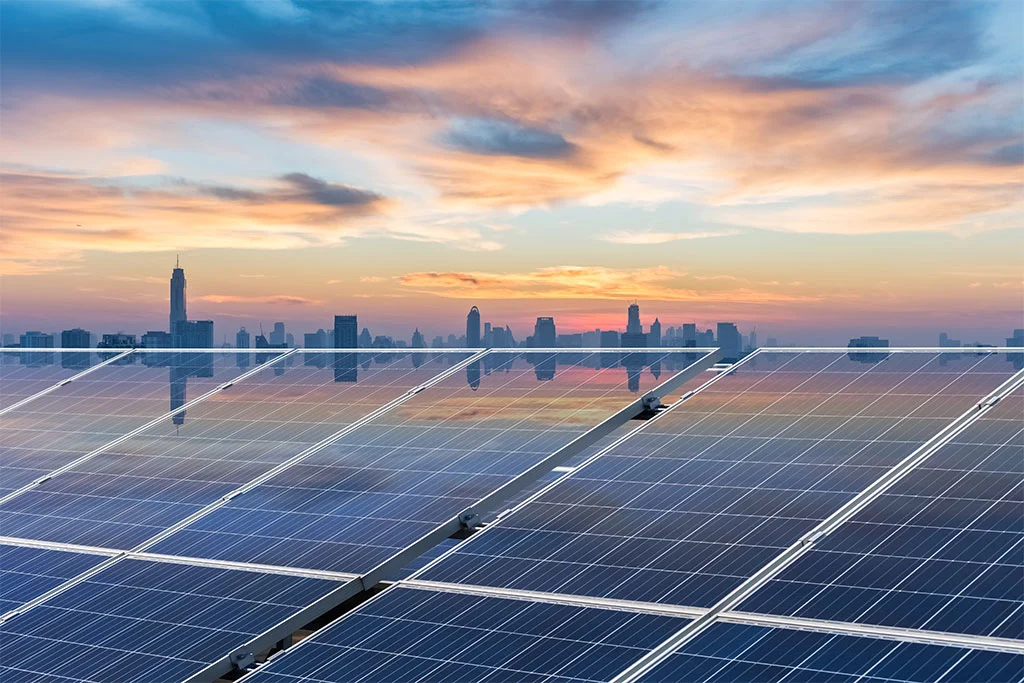Smart grid is the key technology for an effective utilization of the Renewable Energy Sources (RES). The utilization of RES for the generation of electricity is increasingly gaining interest of researchers during the last decades. The main reason behind this is global incentivization, the increasing price of petroleum products, climate issues and deregulations in the energy market. As the Government of India, (MNRE i.e. Ministry of New & Renewable Energy) is targeting to generate 20000 MW power through grid-connected solar PVS by the year 2022 therefore, the main focus in this paper has been presented on power generation through grid-connected PVS. The emerging smart grid technology has enabled the grid-connected PVS as an evolving process in today’s world for electrical power generation. However, apart from so many advantages, there are several issues and challenges associated with the integration of PVS to the electric utility grid hence, the investigation to find out available possible solutions to overcome these issues becomes essential in order to enhance the performance of grid-connected PVS. The most severe constraint associated with this emerging technology is it high penetration level. If during low load conditions there is some mismatch found between the real power output and the load profile characteristics of PVS then it may result into large reverse power flow, high power losses or severe voltage violation. In this paper, several issues and challenges associated with the integration of solar PVS with the electric utility grid are presented.
- A major challenge of high PV penetration in the grid is the mismatch between PV generation and load profiles, which can lead to reverse power flow, high losses, and voltage violations.
- Grid frequency stability is a significant concern because inverter-based PV systems lack the physical rotational inertia that conventional generators have, which naturally helps to buffer frequency fluctuations.
- High PV penetration can cause voltage instability and fluctuations in distribution networks, especially due to rapid changes in solar irradiance from passing clouds.
- PV inverters can negatively impact power quality by introducing harmonics and inter-harmonics into the grid current, a result of their high-frequency switching and control loops.


